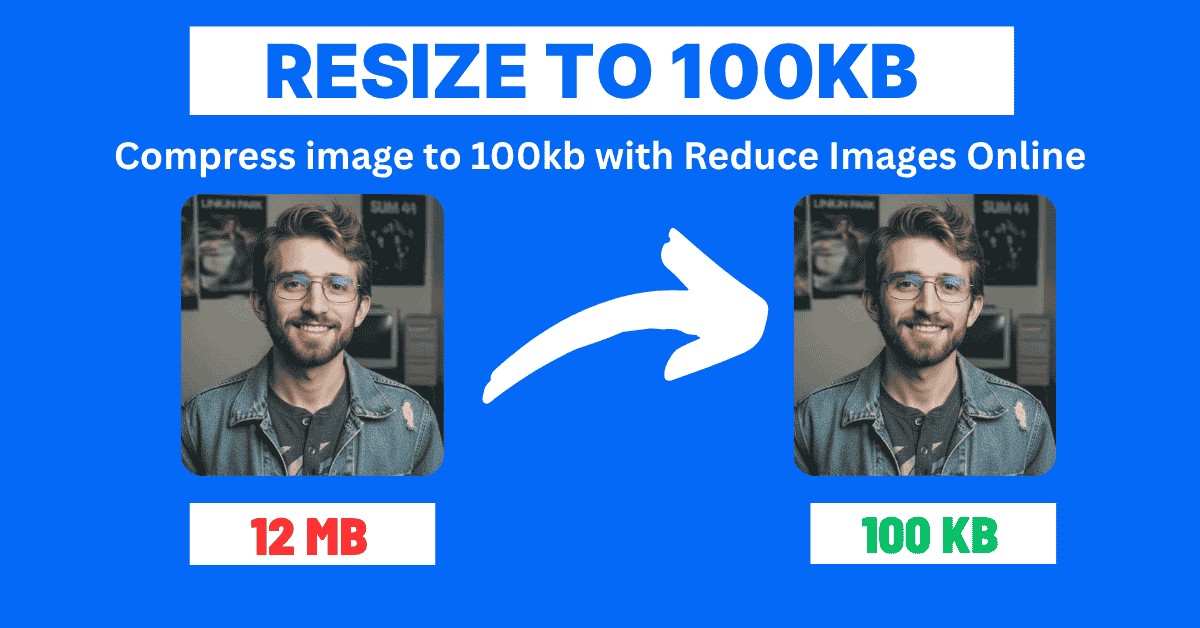Building an Image Processing App with Next.js: Complete Tutorial
Learn how to create a powerful, client-side image processing application using Next.js and modern web technologies. This tutorial covers everything from setup to advanced features.
Why Client-Side Image Processing?
Client-side processing offers several advantages:
- Privacy: Images never leave the user's device
- Speed: No upload/download time
- Cost: No server processing costs
- Scalability: Handles any number of users
- Offline capability: Works without internet
Project Setup
1. Initialize Next.js Project
bashnpx create-next-app@latest image-processor cd image-processor npm install
2. Install Dependencies
bashnpm install @types/node typescript npm install lucide-react # For icons
3. Project Structure
src/
app/
page.tsx
globals.css
components/
ImageUploader.tsx
ImageProcessor.tsx
ImageControls.tsx
lib/
imageUtils.ts
types/
index.ts
Core Components
Image Upload Component
tsx// components/ImageUploader.tsx 'use client'; import { useCallback } from 'react'; interface ImageUploaderProps { onImageSelect: (file: File) => void; } export default function ImageUploader({ onImageSelect }: ImageUploaderProps) { const handleDrop = useCallback((e: React.DragEvent) => { e.preventDefault(); const files = Array.from(e.dataTransfer.files); const imageFile = files.find(file => file.type.startsWith('image/')); if (imageFile) { onImageSelect(imageFile); } }, [onImageSelect]); return ( <div onDrop={handleDrop} onDragOver={(e) => e.preventDefault()} className="border-2 border-dashed border-gray-300 rounded-lg p-8 text-center" > <input type="file" accept="image/*" onChange={(e) => { const file = e.target.files?.[0]; if (file) onImageSelect(file); }} className="hidden" id="file-input" /> <label htmlFor="file-input" className="cursor-pointer"> Upload or drag an image here </label> </div> ); }
Image Processing Logic
typescript// lib/imageUtils.ts export interface ProcessingOptions { brightness: number; contrast: number; saturation: number; quality: number; format: 'jpeg' | 'png' | 'webp'; } export function processImage( canvas: HTMLCanvasElement, image: HTMLImageElement, options: ProcessingOptions ): string { const ctx = canvas.getContext('2d')!; // Set canvas size canvas.width = image.width; canvas.height = image.height; // Apply filters ctx.filter = ` brightness(${options.brightness}%) contrast(${options.contrast}%) saturate(${options.saturation}%) `; // Draw image ctx.drawImage(image, 0, 0); // Export with quality const mimeType = `image/${options.format}`; return canvas.toDataURL(mimeType, options.quality / 100); } export function resizeImage( canvas: HTMLCanvasElement, image: HTMLImageElement, maxWidth: number, maxHeight: number ): void { const ctx = canvas.getContext('2d')!; // Calculate new dimensions let { width, height } = image; if (width > maxWidth) { height = (height * maxWidth) / width; width = maxWidth; } if (height > maxHeight) { width = (width * maxHeight) / height; height = maxHeight; } // Set canvas size and draw canvas.width = width; canvas.height = height; ctx.drawImage(image, 0, 0, width, height); }
Main Processing Component
tsx// components/ImageProcessor.tsx 'use client'; import { useState, useRef, useEffect } from 'react'; import { processImage, resizeImage, ProcessingOptions } from '@/lib/imageUtils'; interface ImageProcessorProps { imageFile: File; } export default function ImageProcessor({ imageFile }: ImageProcessorProps) { const canvasRef = useRef<HTMLCanvasElement>(null); const [image, setImage] = useState<HTMLImageElement | null>(null); const [options, setOptions] = useState<ProcessingOptions>({ brightness: 100, contrast: 100, saturation: 100, quality: 90, format: 'jpeg' }); // Load image useEffect(() => { const img = new Image(); img.onload = () => setImage(img); img.src = URL.createObjectURL(imageFile); return () => URL.revokeObjectURL(img.src); }, [imageFile]); // Process image when options change useEffect(() => { if (image && canvasRef.current) { processImage(canvasRef.current, image, options); } }, [image, options]); const downloadImage = () => { if (canvasRef.current) { const link = document.createElement('a'); link.download = `processed-image.${options.format}`; link.href = canvasRef.current.toDataURL(`image/${options.format}`, options.quality / 100); link.click(); } }; return ( <div className="space-y-6"> <canvas ref={canvasRef} className="max-w-full border rounded" /> {/* Controls */} <div className="grid grid-cols-2 gap-4"> <div> <label>Brightness: {options.brightness}%</label> <input type="range" min="0" max="200" value={options.brightness} onChange={(e) => setOptions(prev => ({ ...prev, brightness: Number(e.target.value) }))} /> </div> <div> <label>Contrast: {options.contrast}%</label> <input type="range" min="0" max="200" value={options.contrast} onChange={(e) => setOptions(prev => ({ ...prev, contrast: Number(e.target.value) }))} /> </div> <div> <label>Saturation: {options.saturation}%</label> <input type="range" min="0" max="200" value={options.saturation} onChange={(e) => setOptions(prev => ({ ...prev, saturation: Number(e.target.value) }))} /> </div> <div> <label>Quality: {options.quality}%</label> <input type="range" min="1" max="100" value={options.quality} onChange={(e) => setOptions(prev => ({ ...prev, quality: Number(e.target.value) }))} /> </div> </div> <button onClick={downloadImage} className="bg-blue-500 text-white px-6 py-2 rounded hover:bg-blue-600" > Download Processed Image </button> </div> ); }
Advanced Features
1. Batch Processing
typescriptexport async function processBatch( files: File[], options: ProcessingOptions, onProgress: (progress: number) => void ): Promise<Blob[]> { const results: Blob[] = []; for (let i = 0; i < files.length; i++) { const processed = await processImageFile(files[i], options); results.push(processed); onProgress((i + 1) / files.length * 100); } return results; }
2. Web Workers for Heavy Processing
typescript// workers/imageWorker.ts self.onmessage = function(e) { const { imageData, options } = e.data; // Heavy processing here const processed = heavyImageProcessing(imageData, options); self.postMessage({ processed }); };
3. Progressive Loading
tsxconst [loadingProgress, setLoadingProgress] = useState(0); // Show progress during processing {loadingProgress > 0 && loadingProgress < 100 && ( <div className="w-full bg-gray-200 rounded-full h-2"> <div className="bg-blue-600 h-2 rounded-full transition-all" style={{ width: `${loadingProgress}%` }} /> </div> )}
Performance Optimization
1. Image Size Limits
typescriptconst MAX_FILE_SIZE = 10 * 1024 * 1024; // 10MB const MAX_RESOLUTION = 4096; // 4K function validateImage(file: File): boolean { return file.size <= MAX_FILE_SIZE; }
2. Memory Management
typescript// Clean up canvas memory function clearCanvas(canvas: HTMLCanvasElement) { const ctx = canvas.getContext('2d')!; ctx.clearRect(0, 0, canvas.width, canvas.height); canvas.width = 0; canvas.height = 0; }
3. Throttled Updates
typescriptimport { useMemo } from 'react'; import { debounce } from 'lodash'; const debouncedProcess = useMemo( () => debounce((options: ProcessingOptions) => { processImage(canvasRef.current!, image!, options); }, 100), [image] );
Deployment Tips
- Optimize Bundle Size: Use dynamic imports for large libraries
- Service Worker: Cache processed images locally
- Error Handling: Handle unsupported formats gracefully
- Analytics: Track usage patterns and performance
Conclusion
Building an image processing app with Next.js provides a great foundation for client-side image manipulation. The combination of Canvas API, React hooks, and Next.js features creates a powerful, scalable solution.
Key takeaways:
- Use Canvas API for image processing
- Implement proper error handling
- Optimize for performance and memory usage
- Consider user experience with progress indicators
- Plan for scalability from the beginning
This foundation can be extended with advanced features like AI-powered enhancements, batch processing, and cloud integration.

